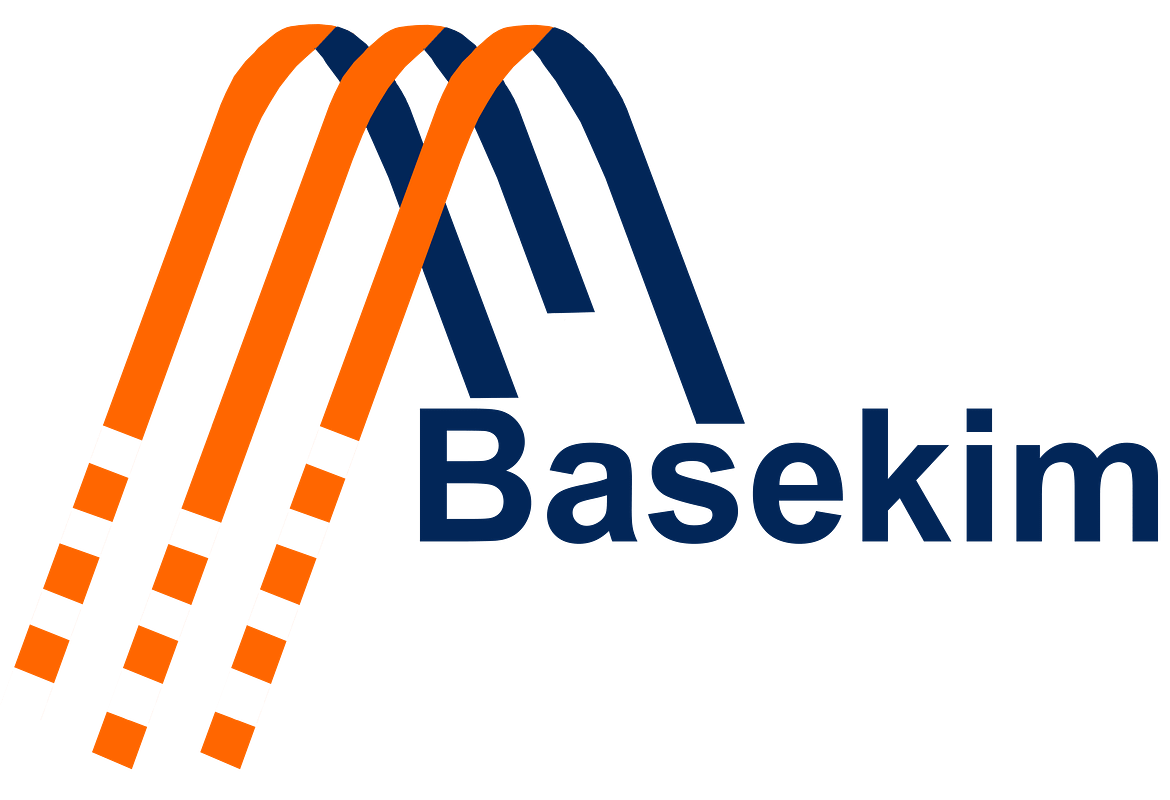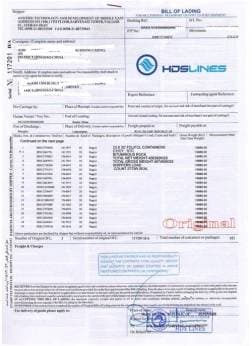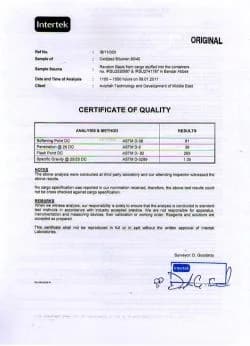Bitumen RC250 – High-Viscosity Rapid Curing Binder for Heavy-Duty Roads
Bitumen RC250 is a high-viscosity, rapid-curing cutback binder designed for road and industrial applications that demand deeper penetration, stronger adhesion, and long-term resilience. Compared to lighter RC grades, RC250 cutback bitumen cures slightly slower, providing extra working time to coat and bond dense aggregates before setting. This controlled curing ensures stronger foundations while still allowing roads to reopen quickly, making it a top choice for highways, ports, and industrial pavements where downtime must be minimized without compromising durability.
Technical Profile of RC250
Bitumen RC250 falls under ASTM D2028 and AASHTO M82 standards. It typically has a viscosity of 250–500 cSt at 60°C, residue after distillation between 65–75%, penetration of residue at 25°C of 60–90 dmm, and ductility greater than 75 cm. The flash point exceeds 40°C, ensuring safe handling. These properties give RC250 the ability to penetrate dense road bases while forming a thick, durable asphalt film that resists traffic stress and moisture damage.
Why RC250 Excels in Heavy-Duty Projects
The strength of RC250 cutback bitumen lies in its balanced curing profile. It sets more slowly than RC30 and RC70, which allows thorough penetration and coating, but still cures rapidly enough to reopen roads within hours or days. Once the solvent evaporates, RC250 leaves behind a resilient binder film that ensures long-lasting stability. Its adhesive strength reduces stripping under heavy traffic and wet conditions, while its load-bearing capacity makes it ideal for industrial roads exposed to container trucks, mining equipment, and logistics operations. In harsh climates, whether hot deserts or humid tropical regions, Bitumen RC250 maintains adhesion and prevents premature surface failure.
Application Domains
Bitumen RC250 is used across multiple infrastructure projects:
Prime Coating for Dense Base Layers: Ensures durable bonding on highways, industrial access roads, and port facilities.
Surface Dressing for Heavy Traffic: Strengthens pavements and provides moisture protection under constant axle loads.
Industrial Pavement Stabilization: Applied in container yards, mining haul roads, and logistic hubs to withstand heavy machinery.
Preventive Maintenance: Reinforces older pavements before overlay, extending surface life.
Moisture-Sensitive Projects: Performs well in coastal and rain-prone regions where water damage is a key concern.
Controlled Manufacturing Process
The production of Bitumen RC250 is managed under strict quality controls. Premium penetration-grade bitumen is selected for its strength and durability. Medium-volatility petroleum distillates are added to achieve controlled rapid curing. Temperature-regulated mixing ensures solvent uniformity while preventing early evaporation. Each batch is tested for viscosity, flash point, penetration, and distillation residue according to ASTM and AASHTO protocols. Once verified, RC250 is sealed hot in drums, bulk tanks, or IBC containers to maintain its composition until delivery.
Packaging and Global Supply
Basekim supplies RC250 cutback bitumen in multiple packaging formats. Steel drums (185–200 kg net) are standard for flexible transport. Bulk tanker shipments are available for major infrastructure projects, while IBC containers serve industrial and export applications. Customized packaging can also be arranged based on client requirements. All deliveries include Material Safety Data Sheets (MSDS), Certificates of Analysis, and compliance documentation, shipped under FOB, CIF, or EXW terms through Basekim’s global logistics network.
Safety and Handling
Due to its volatile solvents, Bitumen RC250 must be handled carefully. Containers should be airtight and stored in cool, ventilated areas, away from heat and ignition sources. Workers must wear protective gloves, goggles, and clothing during application. Adequate ventilation is necessary when applying in enclosed spaces. Transport and storage must follow ADR/IMO standards for petroleum products.
Frequently Asked Questions (FAQ)
Q1: Can oxidized bitumen replace RC250 for heavy-duty priming? No. Oxidized bitumen is used for sealing and waterproofing, while Bitumen RC250 is designed for deep penetration and heavy-load bonding.
Q2: How does RC250’s curing compare to oxidized grades? RC250 cures by solvent evaporation within hours or days, while oxidized binders set as they cool and become harder.
Q3: Is blending RC250 with oxidized bitumen common? Rarely. Their properties and engineering purposes differ significantly.
Q4: Which product has longer storage life? Oxidized grades last longer since they contain no solvents. RC250 cutback bitumen must be sealed tightly to prevent evaporation and maintain quality.
Table of Contents
Technical Specifications
| Property | Typical Value |
|---|---|
| Kinematic Viscosity @ 60°C (cSt) | 250 – 500 |
| Flash Point (°C, Min) | 23 |
| Distillation Test Residue (%) | 55 – 70 |
| Penetration @ 25°C (dmm) | 120 – 250 |
| Solubility in Trichloroethylene (%) | 99.0 Min |
| Water Content (%) | 0.2 Max |
| Residue Ductility @ 25°C (cm) | 100 Min |


